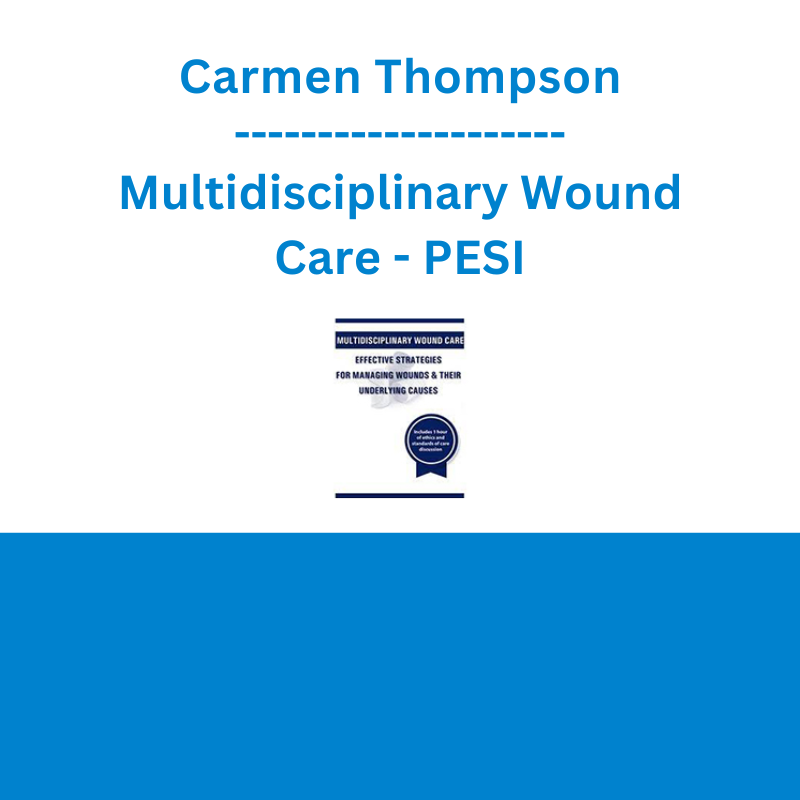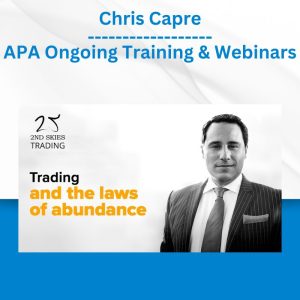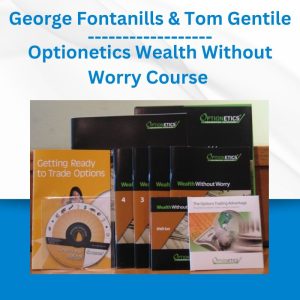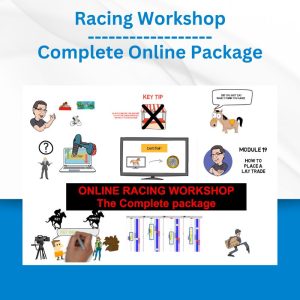*** Proof of Product ***
Exploring the Essential Features of “Carmen Thompson – Multidisciplinary Wound Care: Effective Strategies for Managing Wounds & Their Underlying Causes – PESI”
Speaker: Carmen Thompson, LPTA, CMT, CLT, WCC
Duration: 5 Hours 29 Minutes
Format: Audio and Video
Copyright: Apr 06, 2016
Media Type: Digital Seminar
Description
Wound care is perceived as challenging and can cause angst among well intentioned therapists that don’t want to do “the wrong thing.” However, as insurance focuses on attempts to decrease chronic wounds due to the extreme cost of care, there is a push for all disciplines to be involved with this patient population.
This recording will give you multidisciplinary tools and protocols for properly assessing wounds, customizing treatments, and troubleshooting complications in order to facilitate faster wound healing. Explore patient/caregiver education models and clinical protocols designed to address underlying causes of chronic wounds. Watch today to learn how current treatments and therapy models are evolving to keep pace with the latest research, and return to work with a new foundation in wound care.
Speaker
Carmen Thompson, LPTA, CMT, CLT, WCC
CARMEN THOMPSON, LPTA, CMT, CLT, WCC, has provided inpatient and outpatient therapy to patients with a variety of diagnoses for over 20 years. In addition to private practice, she has served as Director of Rehabilitation Services at Tandem Health Care and Facility/Area Administrator of Rehabilitation at Prism Rehab Systems, overseeing therapists, program development, and patient care.
She is a national trainer in the areas of lymphedema, oncology, wound care, and vascular care and offers certification trainings through her company, Monarch Continuing Education – home to one of only seven programs in the US meeting training guidelines for the certification of lymphedema therapists set forth by the National Lymphedema Network and the Lymphology Association of North America.
Speaker Disclosures:
Financial: Carmen Thompson is the owner of Lymphatic Care Specialists, LLC; and Monarch Continuing Education. She receives a speaking honorarium from PESI, Inc.
Non-financial: Carmen Thompson is a member of the National Alliance of Wound Care and Ostomy; Lymphology Association of North America (LANA); and the International Society of Lymphology.
Objectives
- Develop interdisciplinary treatment plans that integrate current best practices for wound care and result in cost savings
- Outline current wound healing fundamentals for achieving the best possible patient outcomes, from day one assessment to post-treatment follow-up
- Evaluate the anatomy and physiology of skin and other structures related to wound care, and differentiate between wound types
- Produce individual and team treatment protocols and prevention strategies for pressure ulcers, diabetic/neuropathic foot ulcers, acute wounds, and wounds from venous and arterial insufficiency
- Describe monitoring and documentation procedures that help reach goals for each type of wound.
- Identify the characteristics and goals of various types of wound dressings and properly select a wound dressing
Outline
Multidisciplinary Wound Care
- Standards of care, ethics and legalities
- Interdisciplinary care in a patient with a wound
- Why be involved in wound care?
- Considering cost, revenue, and insurance cost savings
Wound Healing Basics
- Anatomy and physiology of the skin and surrounding structures
- Stages of wound healing
- Factors affecting wound healing
Distinguishing Between Wound Types
- Acute
- Post-surgical
- Burns
- Trauma
- Chronic wounds
- Venous ulcerations
- Arterial ulcerations
- Testing — ankle-brachial index
- Pressure ulcers
- Diabetic/neuropathic ulcers
- Other, palliative, radiation
Now Let’s Make a Plan: Assessing and Planning for the Treatment of the Wound
- Assessment tools
- Tests
- Scales
- Measurements
- Labs
- Nutrition
- Functional needs of the patient
- Other factors affecting wound healing
Executing Your Treatment Plan
- Preparing the wound bed
- Is there infection?
- Do you need to debride?
- Is it wet or dry?
- Is the wound painful?
- How do we clean it?
- What topical?
- Dressings
- Is this treatment functional for the patient if possible?
- Is there edema present?
- How can we go above and beyond?
- Therapeutic modalities
Documentation
Team Communication, Monitoring, & Progress
Target Audience
- Athletic Trainers
- Occupational Therapists
- Occupational Therapy Assistants
- Physical Therapists
- Physical Therapy Assistants
Please see the full list of alternative group-buy courses available here: https://lunacourse.com/shop/









